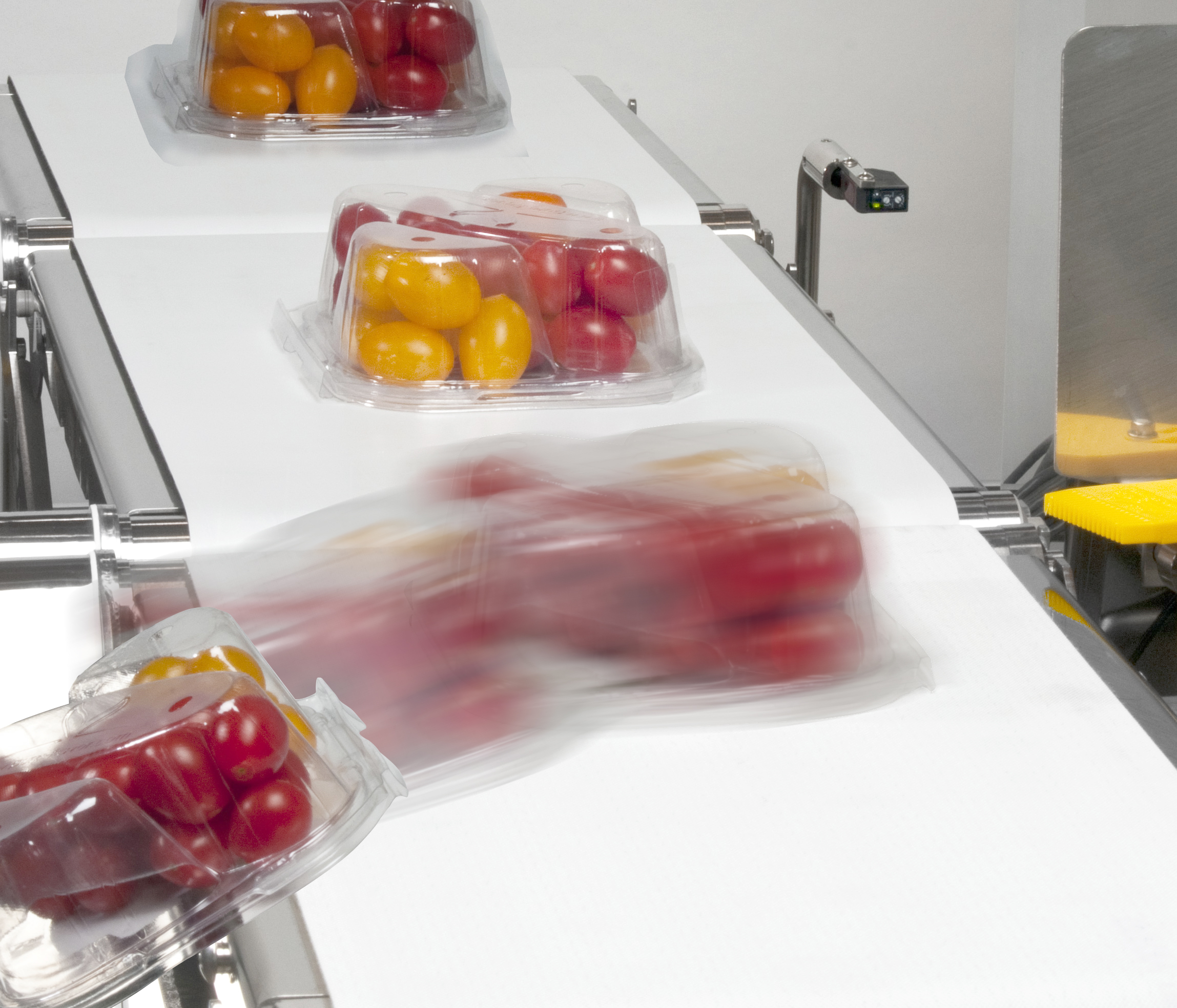
Choosing the right inspection equipment for fresh produce
13 September 2021
Providing Australia’s veg growers with an innovative irrigation solution
13 September 2021Controlling certain diseases in vegetable crops can be difficult should resistance to fungicides occur. In this column, Syngenta Portfolio Lead Scott Mathew (pictured above) explains a strategy that can be undertaken to reduce the risk of resistant pathogen survival and delay the resistance process in medium and high-risk crops.
When it comes to the longevity of various fungicides, we all have a part to play. But there are some very practical steps that vegetable growers can adopt on the farm, starting with the use and rotation of different fungicide mode of action groups. This helps ensure we can keep as many options available to growers well into the future.
Certain fungi can become resistant to different fungicide groups over time; therefore, reducing their effectiveness in controlling the disease. In any fungal population, there are likely to be some individuals that have a degree of natural resistance, making them less susceptible to fungicides (refer to Figure 1).
The continual use of a fungicide, or fungicides from the same mode of action (MoA) group, can lead to an increase in the number of resistant individuals and can result in the fungicide becoming ineffective against the target disease. For this reason, CropLife Australia has put in place fungicide resistance management strategies for medium-to-high risk crops and diseases.
If growers utilise all of their available management strategies and follow the CropLife fungicide resistance management strategies, it will reduce the risk of resistant pathogens surviving and multiplying, and help to delay the onset of fungicide resistance development.
Mode of action explained
Fungicides are classified according to the chemical activity group, or MoA, which refers to the specific stage of the disease cycle they target.
Some fungicide MoA groups and diseases have a higher risk of developing resistance than others. As such, CropLife Australia has a recommended resistance management strategy for these groups or for particular crops and diseases.
Different fungicide group numbers allow growers to know which fungicide MoA group they have used, and makes it easier to follow resistance management strategies for that crop and disease.
Syngenta has MIRAVIS® Prime – which is a combination of Group 7 and 12 – available for lettuce and leafy vegetables, berries, potatoes and table grapes.
MIRAVIS® Prime combines two modes of action for powerful, long-lasting control of disease, and as a management tool to help delay the onset of resistance.
This will become a key product in helping growers to achieve quality produce with excellent control of powdery mildew, sclerotinia and botrytis – but should not be relied upon as the sole fungicide option.
By following the fungicide resistance management recommendations of CropLife, growers can help ensure the range of products that are currently available are here in the long-term.
It’s not enough to rotate products. It is essential to identify the fungicide groups you are using and rotate between different modes of action. Over-reliance on those groups that are deemed high-risk will hasten the development of resistance.
There are many instances throughout the world where the overuse of products has seen fungal pathogens rapidly become resistant to some mode of action groups. By rotating chemistry, following guidelines and label directions, growers can take care of the products currently available and ensure they are viable well into the future.
Find out more
Please visit the Syngenta website.



